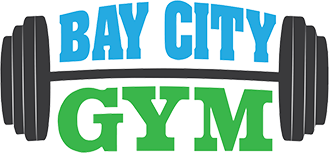Article by – Chrissy Newall – Owner, Coach and Group Fitness Instructor
If you have ever felt stiff, tight, or restricted in your movement, you are not alone. Many people assume it is just a lack of stretching, but there is something deeper at play — your fascia.
Fascia is a thin layer of connective tissue that surrounds and supports every muscle, joint, and organ in your body. When it is healthy, it moves smoothly and freely, allowing your muscles and joints to glide without resistance. When it becomes tight or dehydrated through stress, inactivity, or overuse, it can restrict movement and cause discomfort, stiffness, or even pain.
Why Fascia Health Matters
- Better Movement
Healthy fascia helps muscles move efficiently and joints maintain their full range of motion. When fascia becomes restricted, movement feels stiff and sluggish. Releasing it helps you move more freely — whether you are lifting weights, running, or simply bending to tie your shoes. - Faster Recovery
Tight fascia can trap tension and slow recovery after exercise. Myofascial release techniques like foam rolling, massage, or stretching help reduce muscle soreness and support faster healing. - Improved Posture and Performance
Healthy fascia helps your body maintain proper alignment. This translates into better posture, smoother movement, and improved strength during workouts. - Mind-Body Connection
Because fascia contains sensory nerves, it is closely linked to how we feel tension and stress. Releasing it can help you feel more relaxed and balanced, both physically and mentally.
Practical Ways to Keep Your Fascia Healthy
Foam Rolling: Spend 5 to 10 minutes rolling major muscle groups before or after your workout. Move slowly, breathe deeply, and pause on tight spots.
Stretching with Purpose: Gentle, controlled stretches done regularly improve fascia flexibility and hydration.
Mobility Work: Add a few minutes of dynamic mobility exercises to your warm-up to prepare your joints and tissues for movement.
Stay Hydrated: Fascia functions best when hydrated — water helps keep it supple and elastic.
Move Often: Long periods of sitting or inactivity cause fascia to tighten. Change positions, move throughout the day, and keep your body in motion.
Bring It All Together
Strength training builds muscle, but fascia and mobility work keep that muscle moving the way it should. Combining the two is the key to feeling strong, supple, and pain-free.
If you are unsure where to start, our trainers can guide you through simple fascia release and mobility techniques that fit your training program.
Your body is designed to move — let’s keep it that way..


